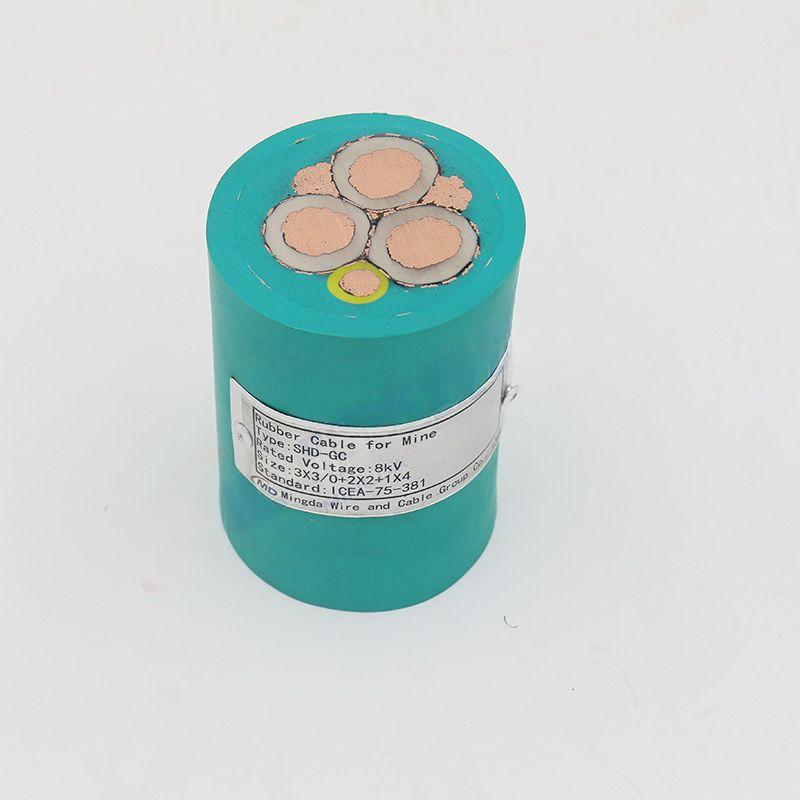10 月 . 20, 2024 19:27 Back to list
3 way globe valve
Understanding the 3-Way Globe Valve Functionality, Applications, and Advantages
In the realm of industrial operations, valves play a pivotal role in controlling the flow of liquids and gases. Among the variety of valves available, the 3-way globe valve stands out due to its unique design and versatility in various applications. This article delves into what a 3-way globe valve is, how it works, and where it is commonly used, along with its advantages.
What is a 3-Way Globe Valve?
A 3-way globe valve is a type of valve that utilizes a spherical body design to manage the flow of fluids through three ports. Unlike standard globe valves, which typically have two ports, a 3-way globe valve can direct fluid between three different paths. This can be accomplished in several configurations one port as the inlet and two ports as outlets, or vice versa. The key characteristic of a globe valve, regardless of its configuration, is its ability to provide throttling capabilities, making it ideal for applications requiring precise flow control.
How Does It Work?
The operation of a 3-way globe valve involves a movable disc or plug that can be raised or lowered within the valve body. When the valve is in the closed position, the disc blocks the flow of fluid. As the disc is lifted, the flow is allowed to pass through the valve. By adjusting the position of the disc, operators can control not just the on/off status of the valve but also the flow rate. The valve's unique configuration allows it to divert fluid from one line to another, making it incredibly useful in systems where multiple flow paths need to be managed.
The functionality of a 3-way globe valve is impacted by its design. The internal pathways created by the three ports can be configured in various ways to accommodate specific applications. For example, some configurations allow the valve to mix two fluids, while others facilitate the diversion of fluid from one line to another.
Applications
3-way globe valves are widely used in numerous industries, including
1. Water Treatment In this industry, these valves facilitate the mixing of chemicals and control the flow of water through treatment processes.
2. Heating, Ventilation, and Air Conditioning (HVAC) In HVAC systems, 3-way globe valves help regulate temperature by controlling the flow of hot or cold water to different components of the system.
3 way globe valve

3. Oil and Gas These valves are essential in the oil and gas industry for managing the flow of hydrocarbons and other fluids, ensuring safe and efficient operations.
4. Chemical Processing Here, they are used to mix fluids, regulate the flow in reactors, and divert substances between different processes.
Advantages
The use of 3-way globe valves offers several advantages
- Flow Control They provide precise control over fluid flow, thanks to their throttling capabilities, allowing for increased efficiency in various applications.
- Versatility With their ability to mix and divert fluids, 3-way globe valves can adapt to a wide range of operational needs, making them incredibly versatile.
- Durability Constructed from high-quality materials, these valves are designed to withstand high pressures and temperatures, ensuring longevity in demanding environments.
- Maintenance Designed for easy maintenance, 3-way globe valves can often be serviced without removing them from the pipeline, minimizing downtime.
Conclusion
In summary, the 3-way globe valve is an essential component in modern industrial applications, providing critical flow control and versatile functionality. Its unique design enables efficient management of fluid dynamics, making it suitable for a variety of sectors. As industries continue to evolve, the significance of reliable valves like the 3-way globe valve will undoubtedly remain pivotal in ensuring operational efficiency and safety. Whether you are involved in water treatment, HVAC, oil and gas, or any other industry requiring precise flow management, understanding the functionality and applications of the 3-way globe valve is essential for optimizing your processes.
Share
-
Understanding the Differences Between Wafer Type Butterfly Valve and Lugged Butterfly ValveNewsOct.25,2024
-
The Efficiency of Wafer Type Butterfly Valve and Lugged Butterfly ValveNewsOct.25,2024
-
The Ultimate Guide to Industrial Swing Check Valve: Performance, Installation, and MaintenanceNewsOct.25,2024
-
Superior Performance with Industrial Swing Check Valve: The Essential Valve for Any SystemNewsOct.25,2024
-
Industrial Swing Check Valve: The Ideal Solution for Flow ControlNewsOct.25,2024
-
You Need to Know About Industrial Swing Check Valve: Functionality, Scope, and PerformanceNewsOct.25,2024